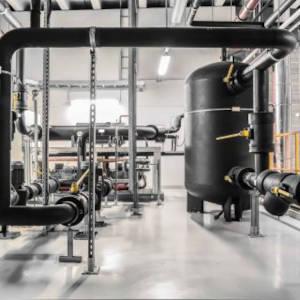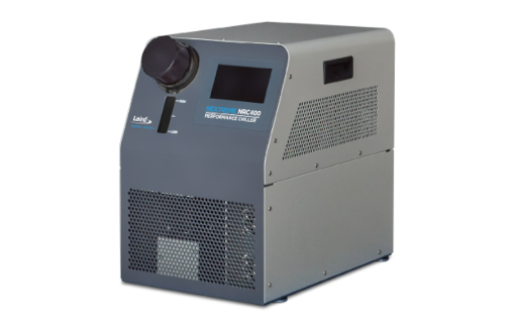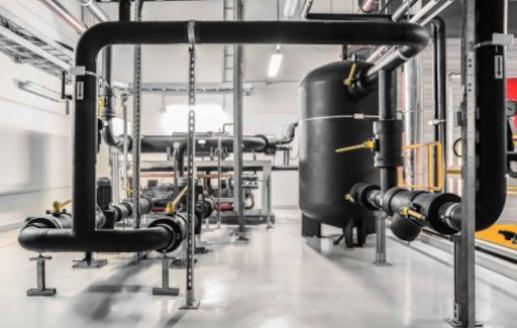Corrosion Prevention in Cooling Loops
Corrosion occurs in liquid cooling loops due to chemical, electro-chemical, or abrasive action, caused by the heat transfer fluid on the wetted surfaces.

Quick Links
Corrosion results in reduced fluid flow, clogged filters or even damaged pump components. In worst case, leaks can form if enough material is removed from the fluid containment. For applications requiring high purity of the process cooling fluid, corrosion causes contamination. Nevertheless, in most applications, metal corrosion can be prevented by using the right materials and techniques.
Prevention Techniques
To reduce corrosion, specific corrosion inhibitors can be added to cooling fluids, although they may require additional maintenance. Different types of fluid, such as clean distilled water may also have a positive effect. If the conditions allow, a dielectric heat transfer fluid can be used to eliminate the ionic path from the corrosive metal. Another method is Cathodic protection which is used to guard against galvanic corrosion. Cathodic protection uses a more sacrificial reactive metal, which works as a preferential anode.
To prevent erosion, flow restrictions and direction changes create the opportunity to increase velocity for defined regions. However, rapid changes in tube or pipe diameter should be avoided, especially from higher diameters to lower ones. Additionally, velocities beyond 1-2 m/s in any location should be avoided.
High fluid velocity and improved heat transfer performance between the fluid and heat transfer surfaces are some of the most important features in cooling systems. Therefore, a balance must be established between heat transfer performance and long-term prevention against erosion corrosion.
No metal is resistant to corrosion in all environments. Nevertheless, by understanding the key conditions, corrosion can be monitored and controlled, which is vital in order to protect cooling loops.
Learn more about how materials and techniques have different degrees of corrosion in our application note below, as well as finding our products.



